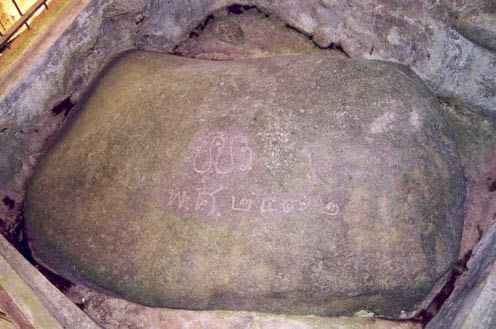11 FREE TRAVEL DESTINATION IN JAKARTA
Free tours in Jakarta that are comfortable and enjoyable for those of you who want to vacation around the city of Jakarta
BANYU TIBO BEACH, PACITAN
Banyu Tibo Beach is a beach tourism object that presents quite beautiful natural panoramas that are rarely found on beaches in Indonesia.
Pindul Gunung Kidul Cave Nature Tourism
Enjoy Nature with Cave Tubing
INDRAYANTI BEACH GUNUNGKIDUL
Jogja Beach Tourism with Balinese Nuances
NAMPU BEACH
Nampu Beach, Exotic Wonogiri Beach Tourism
HISTORY OF MATHEMATICS
The branch of study known as the history of mathematics is the investigation of the origins of discoveries in mathematics and, to a lesser extent, the investigation of the methods and notation of mathematics in the past
HISTORY OF MOUNT KRAKATAU IN INDONESIA
In the beginning, the big island of Krakatau, which we usually call by the name of Mount Krakatau, was a mountain (ancient Mount Krakatau) which has a height of about 2000 meters above sea level with a circle of beaches of about 11 km and a radius of about 9 km2.
September 30, 2014
Ngobaran Beach, a beach with a million beauties
September 29, 2014
Enjoying the Beauty of Nature Above Suroloyo Peak
Wediombo Beach tourism object South Mountain
September 28, 2014
Ngrenehan Beach Hidden Paradise
September 26, 2014
Exotic Lake Segara Child Natural Tourism
September 23, 2014
Kuta Beach Lombok, a beach with a million beauties
The exoticism of Curug Dago Waterfall Bandung
Mount Bromo Tourism, East Java

September 18, 2014
Pok Tunggal Beach Tourism Object
Siung Beach Tourism Object
Access to the Siung Beach Tourism Object Area






























